Abstract: An overview of the radio observations during June 2023 is given.
The graphs show both the daily totals (Figure 1) and the hourly numbers (Figure 2) of “all” reflections counted automatically, and of manually counted “overdense” reflections, overdense reflections longer than 10 seconds and longer than 1 minute, as observed here at Kampenhout (BE) on the frequency of our VVS-beacon (49.99 MHz) during the month of June 2023.
The hourly numbers, for echoes shorter than 1 minute, are weighted averages derived from:

However, due to technical problems with the beacon, data are missing from June 6 at 19h17m UT till June 11 at 15h15m UT. As already pointed out in our previous monthly report, the registrations showed abnormal jumps, the cause of which remained uncertain. Eventually it became clear that the cause lay with the beacon. Thanks to the people of AstroLab-Iris (Ypres), the repairs were carried out expertly and quickly and our beacon now functions again as it did in the past 18 years.
Lightning activity was recorded on only 3 days: on 18 and 22 June the number of lightnings was quite low, but on June 20th between 12h and 13h UT a violent thunderstorm raged in the vicinity of the beacon and caused hundreds of short reflections (Figure 3).
Solar outbursts produced strong noise almost daily. Most of them were type III at our frequency of observation, and thus relatively short-lived (Figures 4 & 5). Due to the problems with the beacon, it is difficult to make a global evaluation of the meteor activity, but the counts of the overdense reflections in particular show interesting shower activity.
During the period that registrations were carried out, 6 reflections longer than 1 minute were observed. A selection of these is included along with some interesting “epsilons” (Figures 6 to 19). Many more of these are available on request.
In addition to the usual graphs, you will also find the raw counts in cvs-format from which the graphs are derived. The table contains the following columns: day of the month, hour of the day, day + decimals, solar longitude (epoch J2000), counts of “all” reflections, overdense reflections, reflections longer than 10 seconds and reflections longer than 1 minute, the numbers being the observed reflections of the past hour.
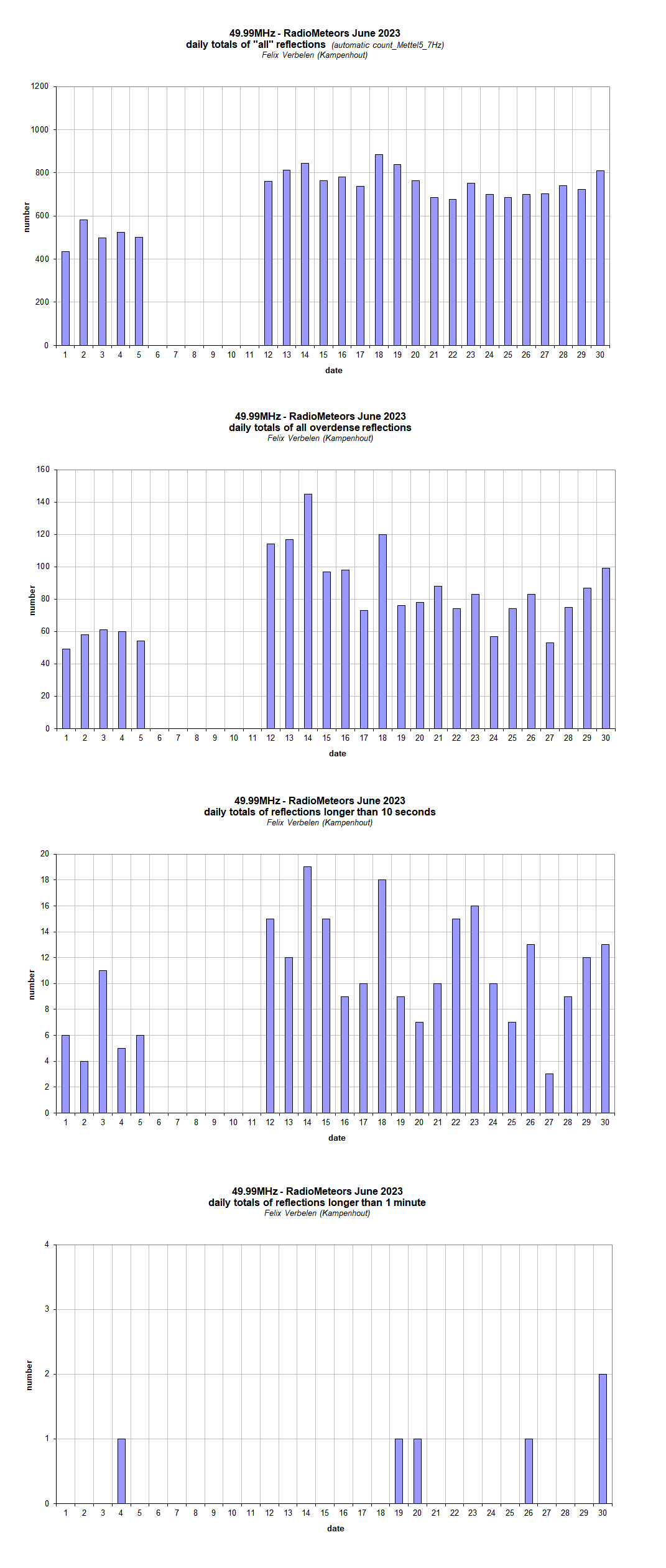
Figure 1 – The daily totals of “all” reflections counted automatically, and of manually counted “overdense” reflections, as observed here at Kampenhout (BE) on the frequency of our VVS-beacon (49.99 MHz) during June 2023.
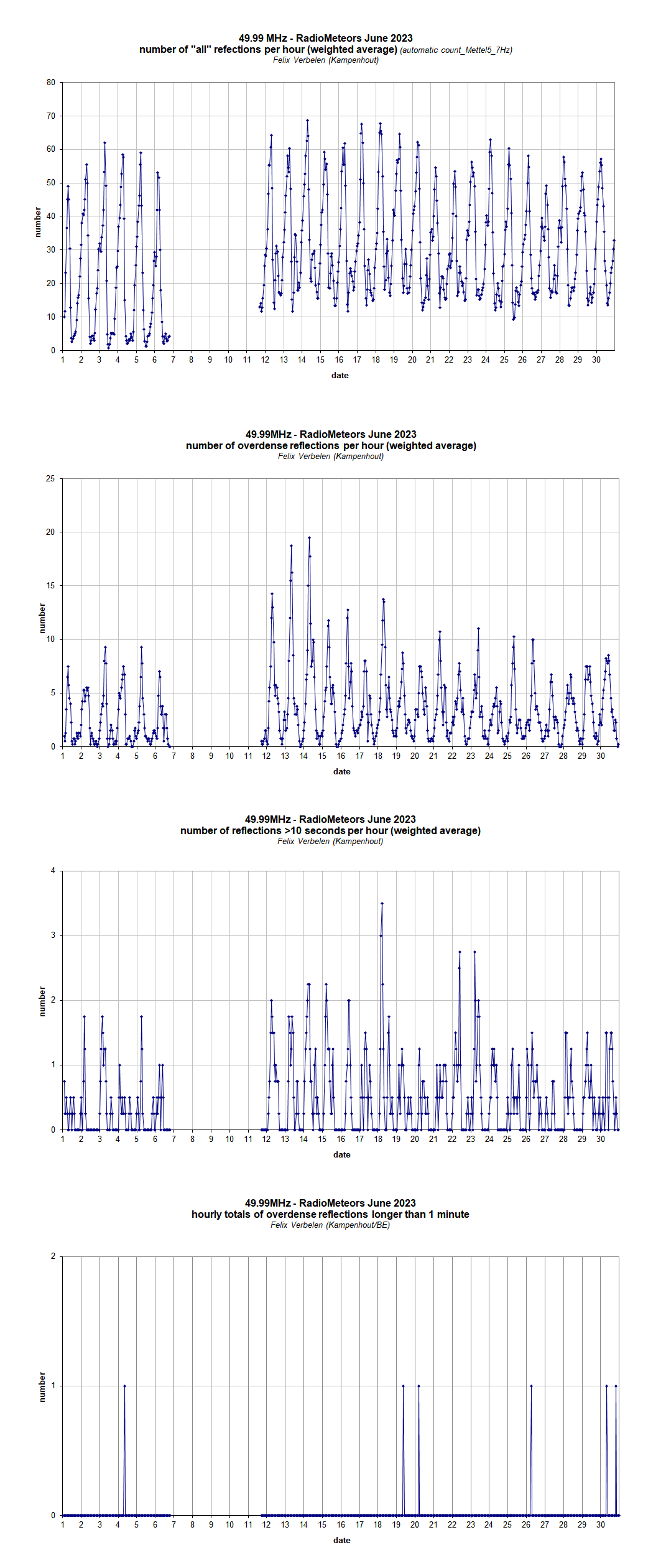
Figure 2 – The hourly numbers of “all” reflections counted automatically, and of manually counted “overdense” reflections, overdense reflections longer than 10 seconds and longer than 1 minute, as observed here at Kampenhout (BE) on the frequency of our VVS-beacon (49.99 MHz) during June 2023.
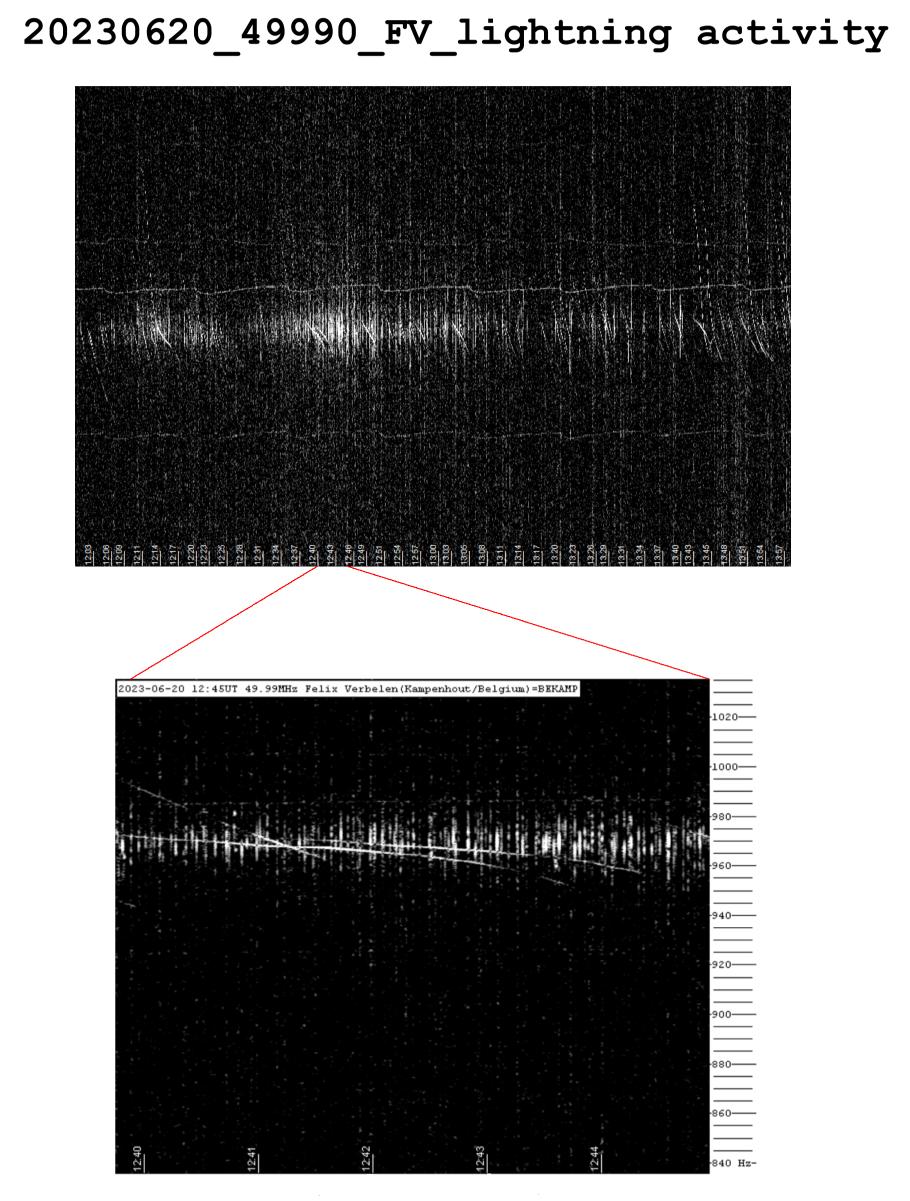
Figure 3 – Lightning on 20 June 2023.
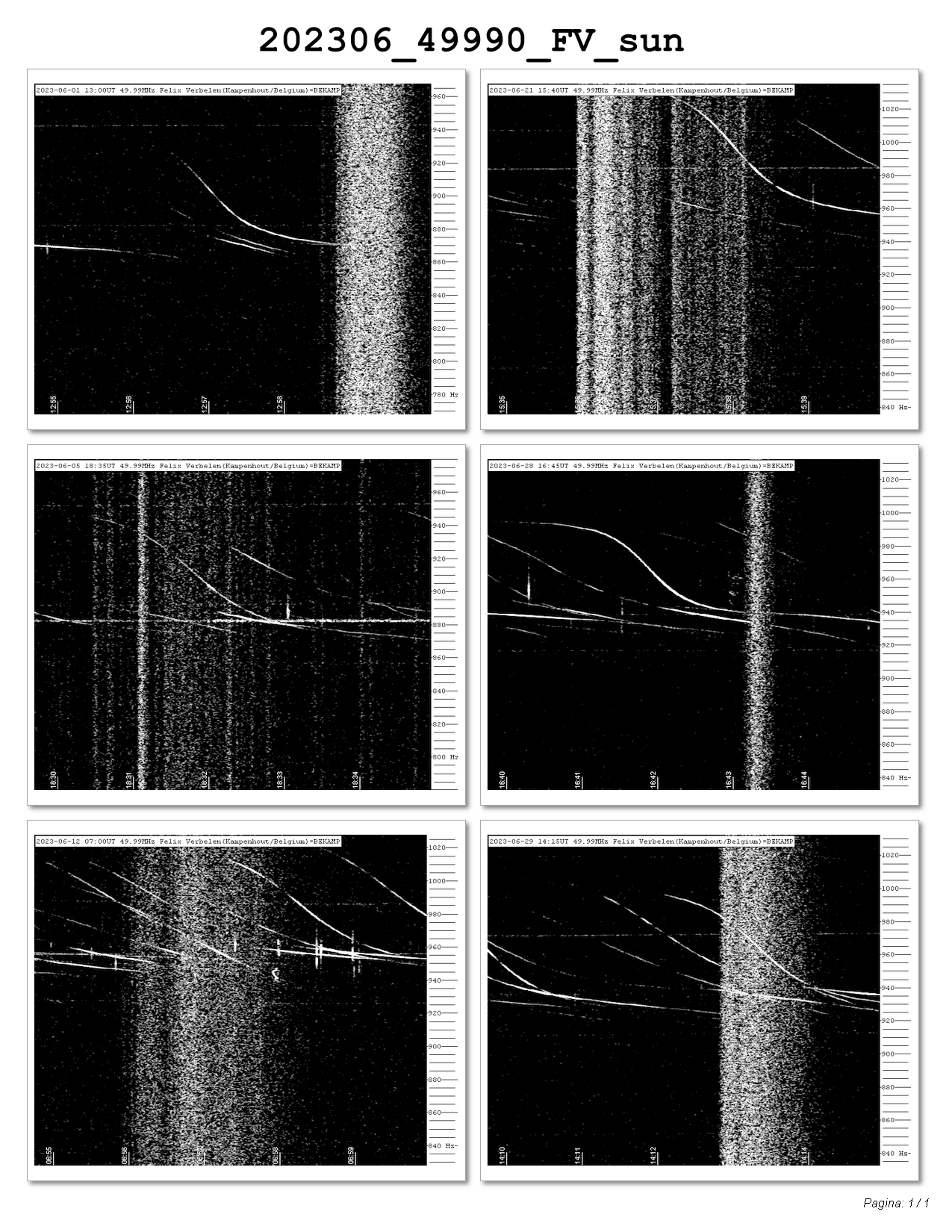
Figure 4 – Solar noise outburst in June 2023.
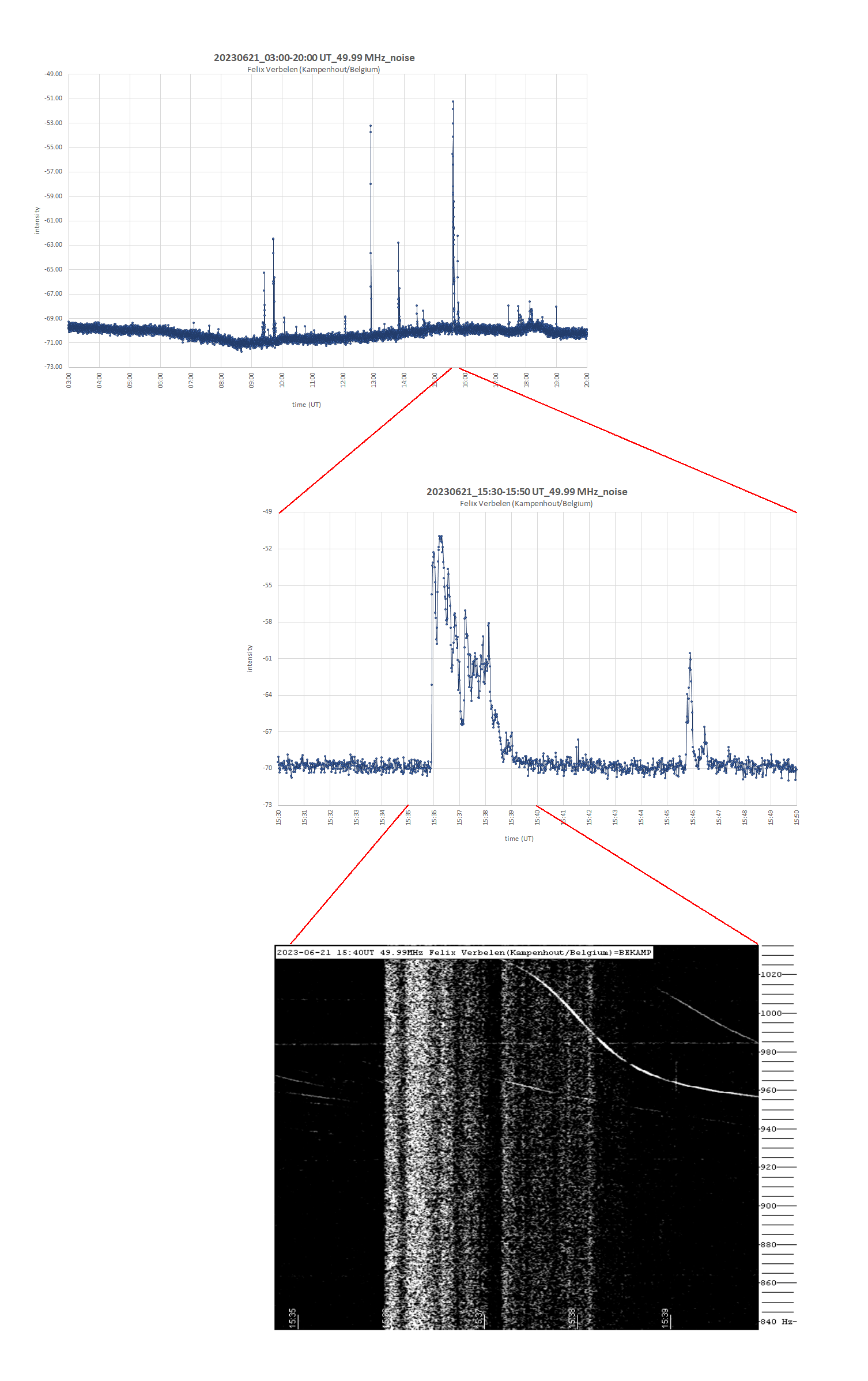
Figure 5 – Solar noise outburst 21 June 2023.
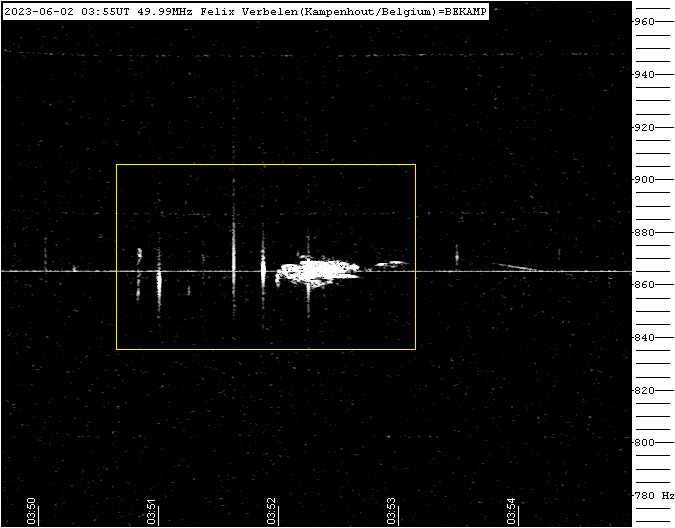
Figure 6 – Meteor echo 2 June 2023, 03h55m UT.
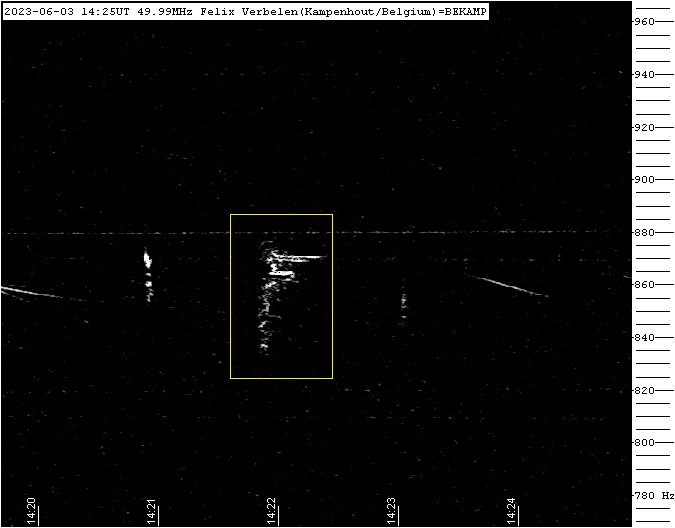
Figure 7 – Meteor echo 3 June 2023, 14h25m UT.
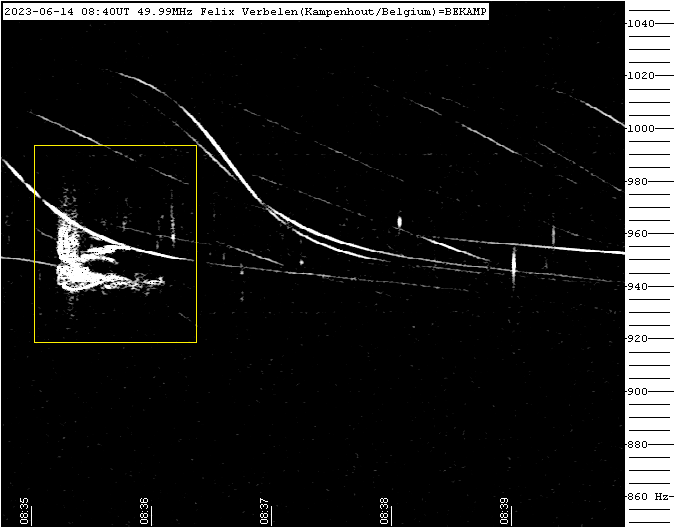
Figure 8 – Meteor echo 14 June 2023, 08h40m UT.
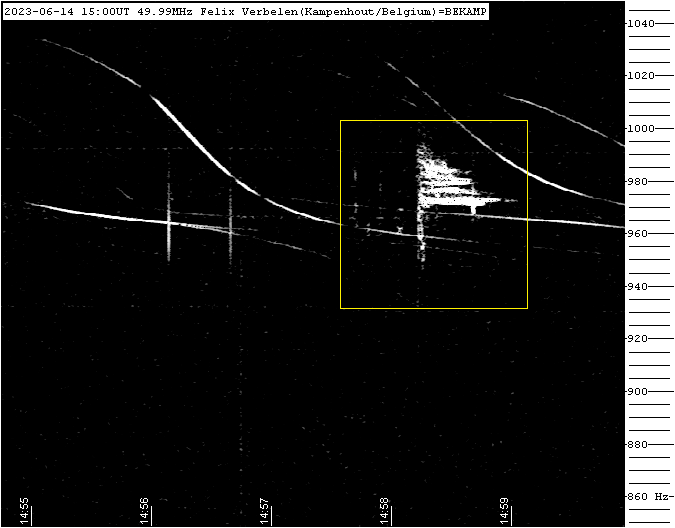
Figure 9 – Meteor echo 14 June 2023, 15h00m UT.
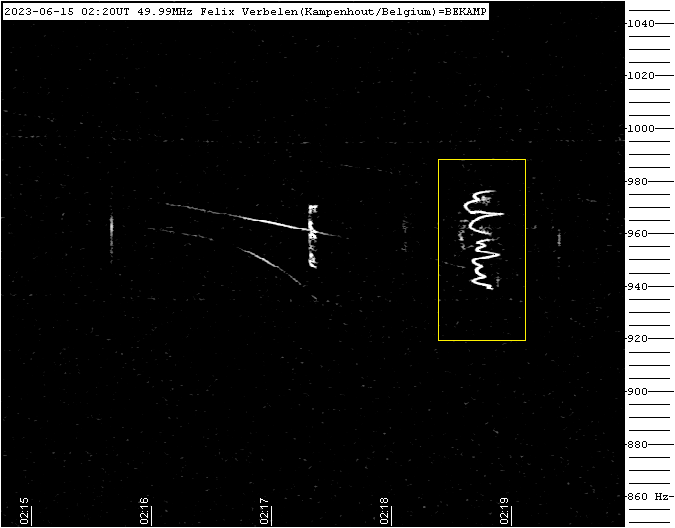
Figure 10 – Meteor echo 15 June 2023, 2h20m UT.
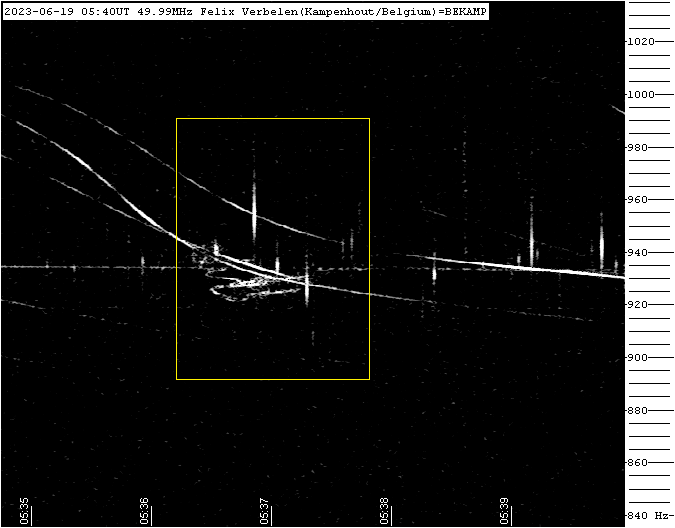
Figure 11 – Meteor echo 19 June 2023, 5h40m UT.
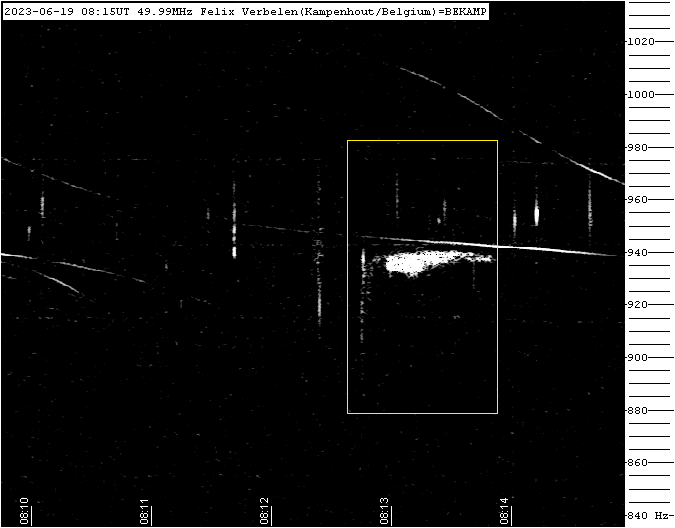
Figure 12 – Meteor echo 19 June 2023, 8h15m UT.
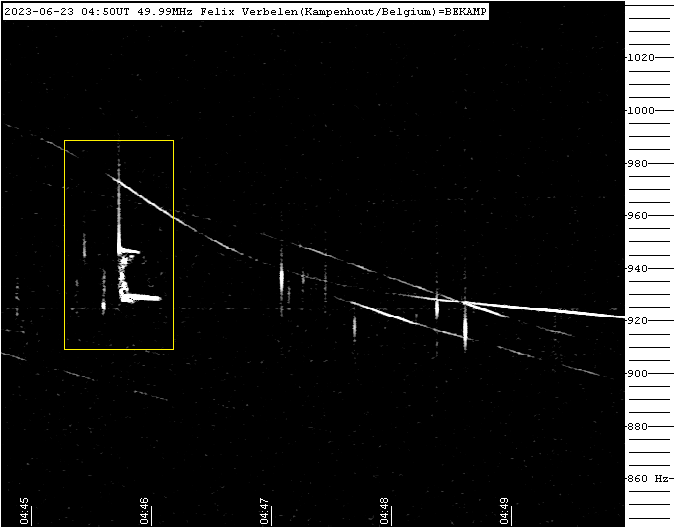
Figure 13 – Meteor echo 23 June 2023, 4h50m UT.
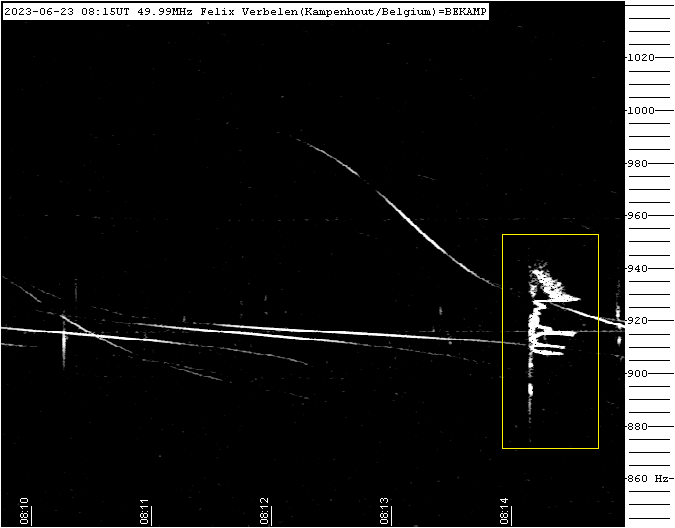
Figure 14 – Meteor echo 23 June 2023, 8h15m UT.
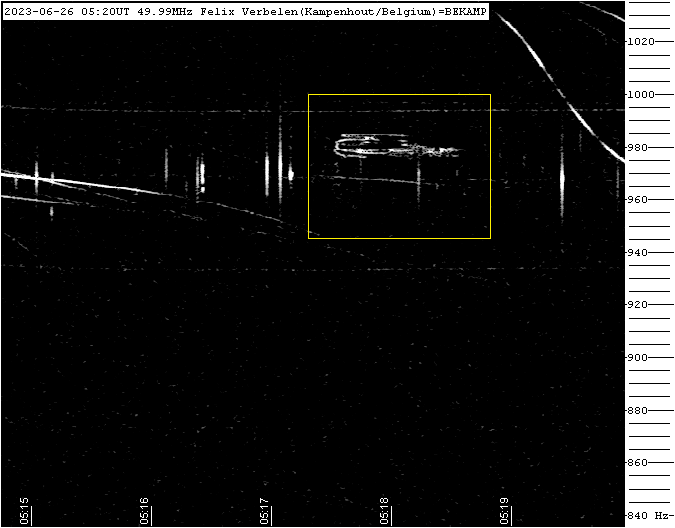
Figure 15 – Meteor echo 26 June 2023, 5h20m UT.
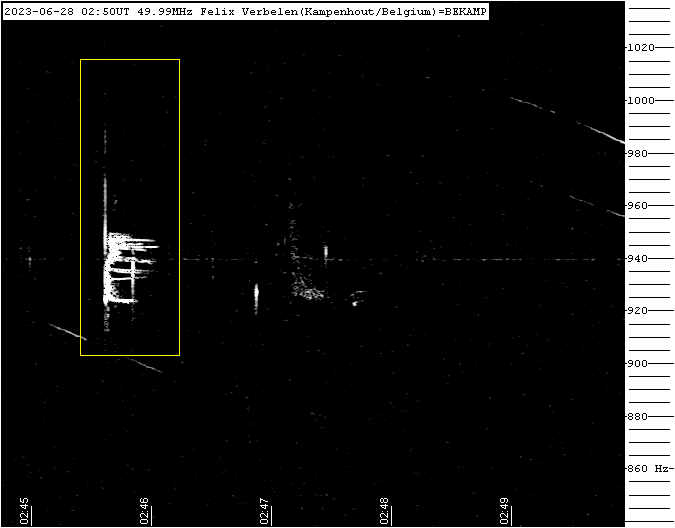
Figure 16 – Meteor echo 28 June 2023, 2h50m UT.
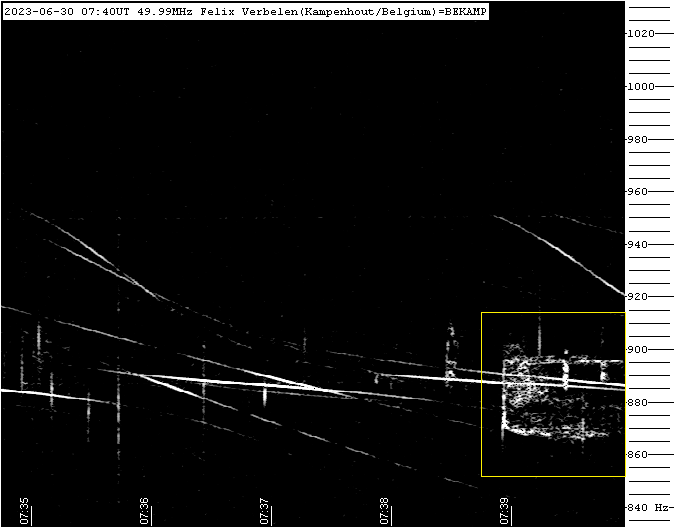
Figure 17 – Meteor echo 30 June 2023, 7h40m UT.
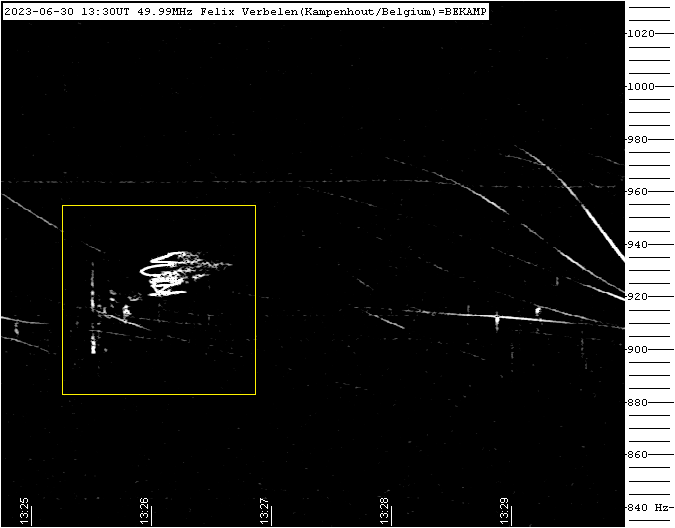
Figure 18 – Meteor echo 30 June 2023, 13h30m UT.
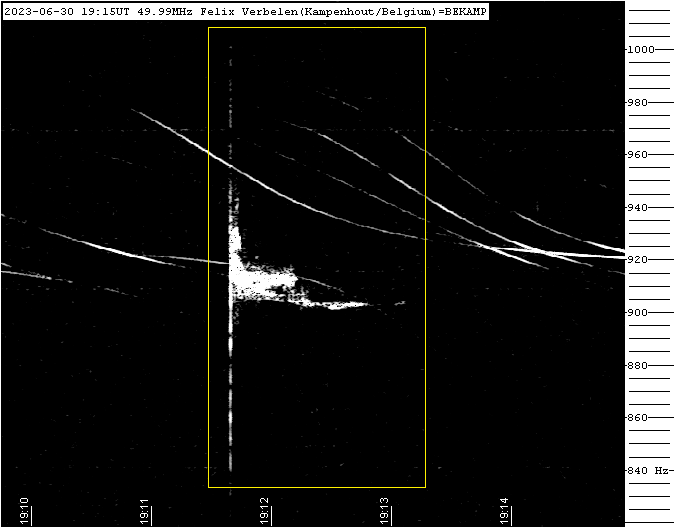
Figure 19 – Meteor echo 30 June 2023, 19h15m UT.





Good day to you,
I’m from the Czech Republic, specifically the northeastern part of the territory. I am into photographic meteor tracking, but I would like to switch to radio tracking as well. I will be glad to get any positive reaction.
Thank you
Lubos
Dear Lubos,
Thank you for your message and sorry for my late reaction!
If you wish to start observing meteors by radio, the minimum you will need is
– a distant beacon:
Here I use our permanent beacons on 49.99 MHz (near Ieper/BE) and on 49.97 MHz (at Dourbes/BE). Both are on the air permanently (24/7) and produce a clean unmodulated carrier. Their power is respectively 50 and 150 Watts.
An other solution is the French radar GRAVES near Dijon on 143.05 MHz. It is a very powerful emitter, but the signal is pulsed and there are quite often interruptions.
There are some other possibilities, but those above are the most common.
– a receiving station:
What you need is an antenna suitable for the frequency you want to observe, a sable receiver for UBS or CW-mode (can be a an SDR) and a PC or laptop (can be old, but with a 16-bits sound card). The software we use is freely available on the internet (SecLab).
So, the receiving station can be kept very low budget!
If you need more specifications, please let me know.
Kind regards.
Felix
Can i ask you, what antenna type do you use for 50MHz ?
Some discone or hb9cv tuned antenna ?